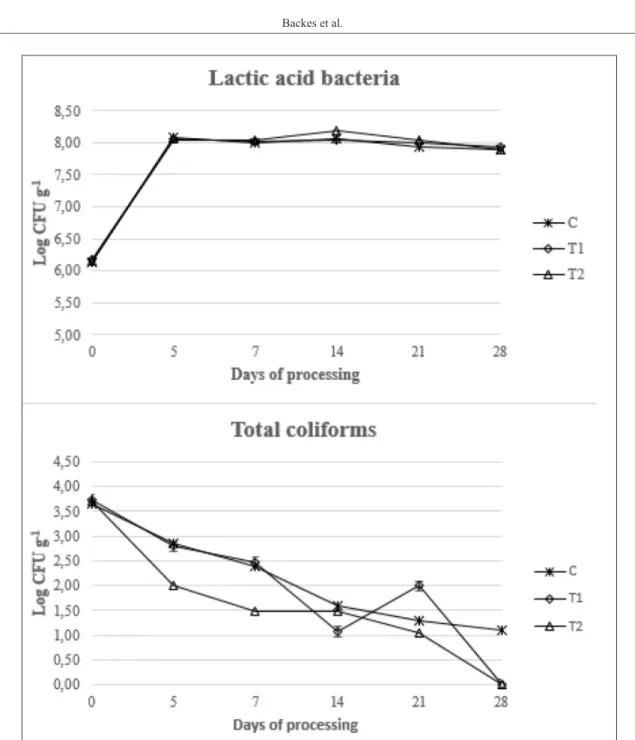Chemical composition, microbiological properties, and fatty acid profile of Italian-type salami with pork backfat substituted by emulsified canola oil
Texto
Imagem



Documentos relacionados
Vale salientar que o julgamento humano é necessário para identificar os riscos em um projeto deste tipo (BOEHM, 1991). Então, se sugere que o grupo de pessoas que
Lembre-se, a propósito do que se acaba de dizer, que por um lado a LCPA não se aplica a todos os contratos administrativos, na medida em que ficam de fora as concessões de uso
Correlation of chemical constitution and physical properties of fatty acid esters with oviposition response of Aedes aegypti. Identification of bacteria and
The aim of this study was to determine the chemical composition - physico-chemical properties, fatty acid and tocopherol compositions and total phenolic compounds -
Since diacetin is not easy to separate and the solketal solubility is not high enough in biofuel and gasoline to be used as a fuel additive, and the reaction of glycerol with
A careful observation of fatty acid profile of the cyanobacteria shows that, oleic acid and linoleic acid, in experiments with varying growth temperature and oil
For the attributes of stale aroma and rancid taste, the analysis indicated that Treatment 2 (coriander with essential oil) received the lowest scores for these attributes by the
The effects of using Streptococcus thermophilus with other probiotic bacteria on cheese composition, and microbiological viability during 28 days of storage were